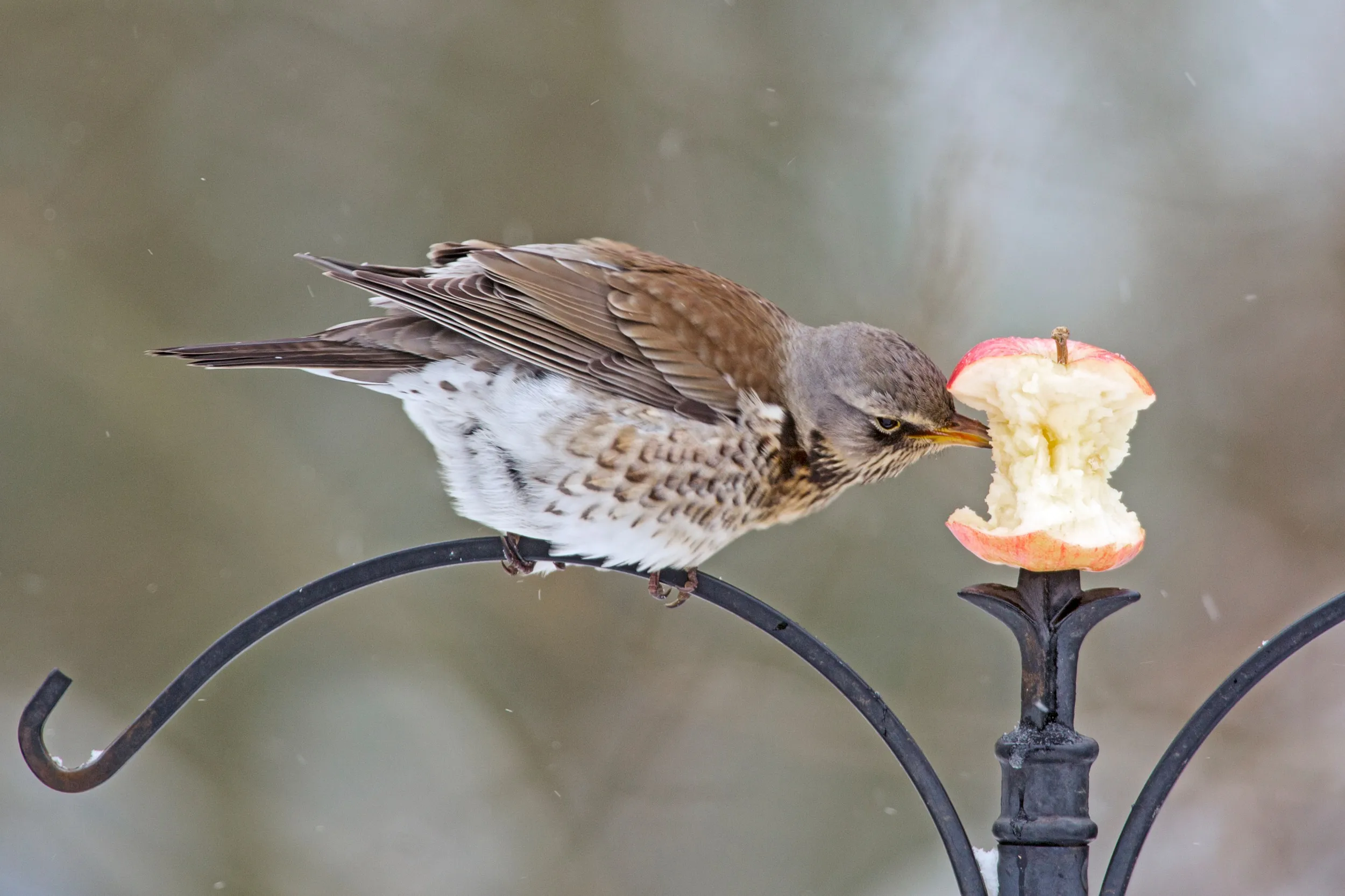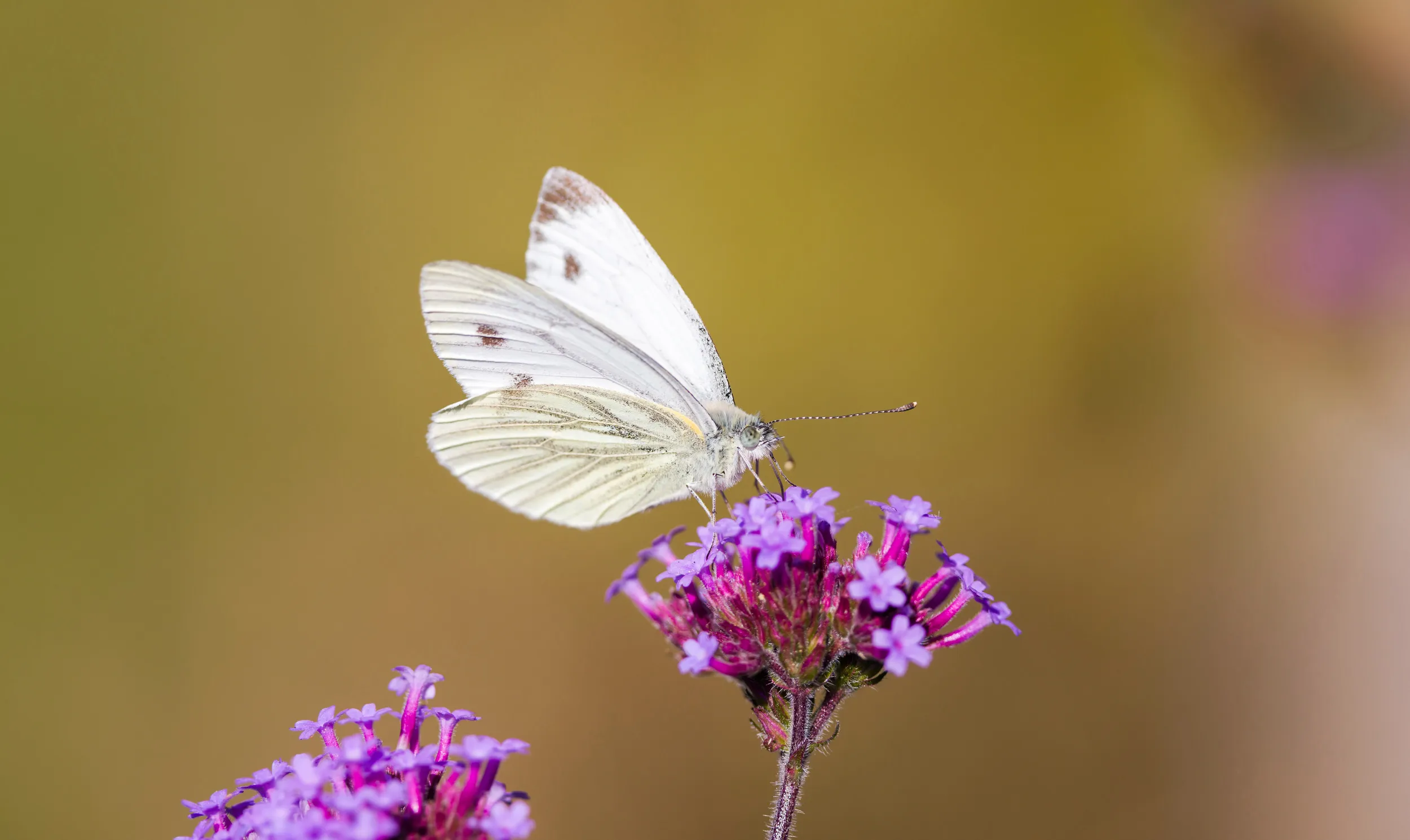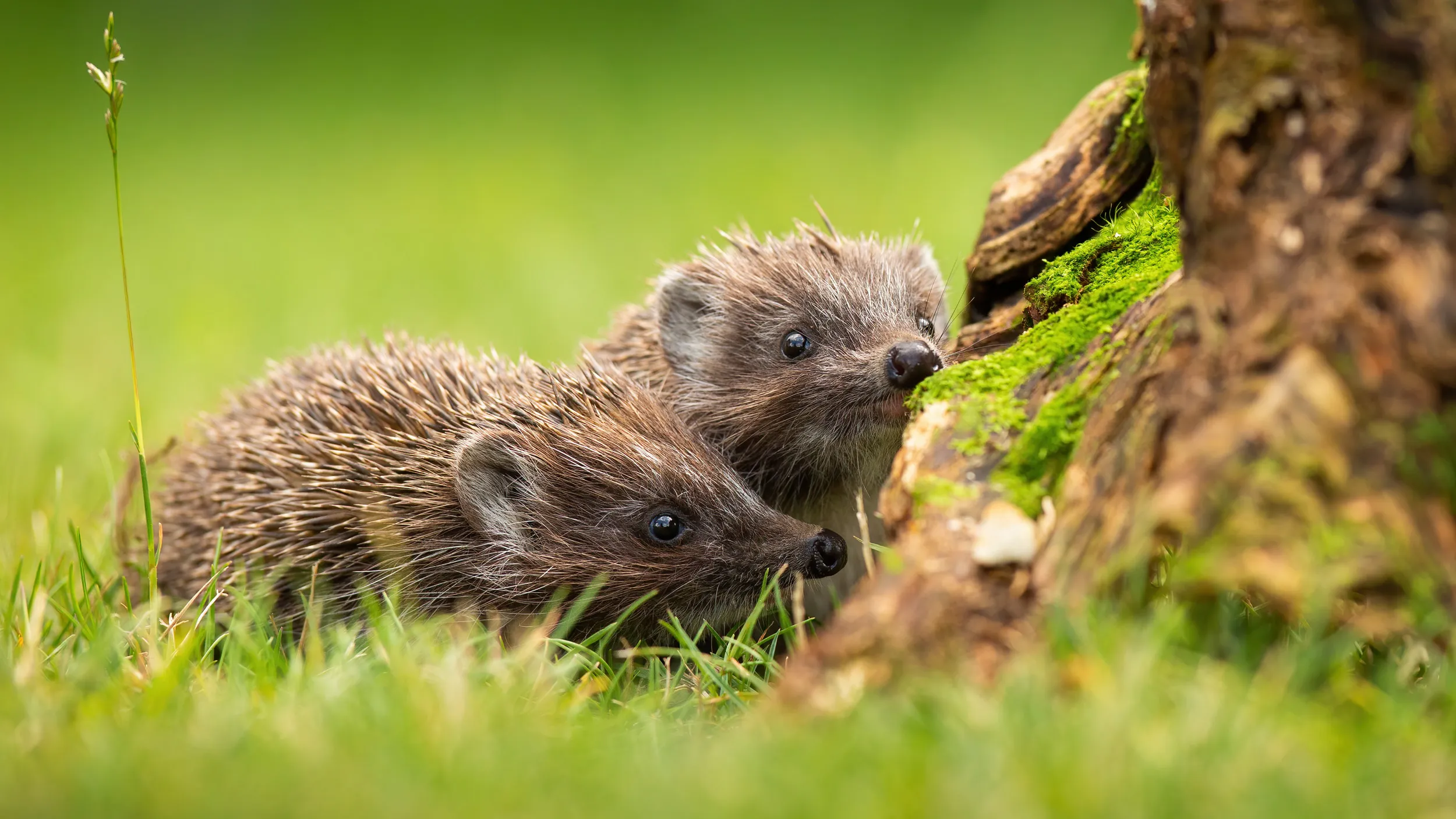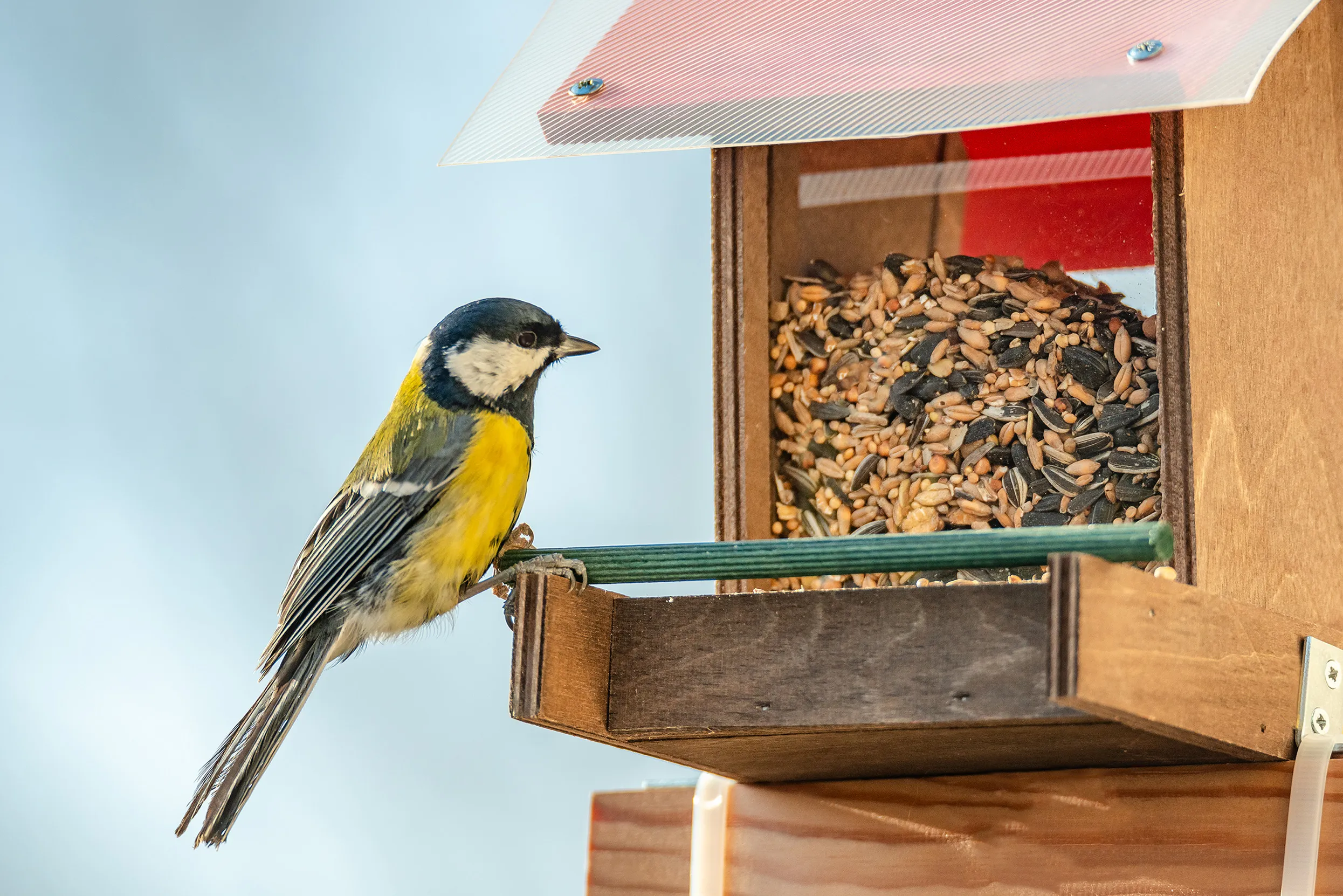Advice
Share a Christmas message for someone special
Give a lasting gift to nature this Christmas with a charity donation, while sharing your special memories.
No matter how big or small your space is, whether it's a blank canvas or well-established, if you’ve got loads of experience or none whatsoever – anyone can do this, and our nature needs you. It’s easy to help the nature on your doorstep.

Picture this: a sunny afternoon with birds singing and butterflies flitting from flower to flower. Who wouldn’t want to enjoy an outdoor space that’s vibrant with colour and wildlife. And one sure way to make your space more inviting is by welcoming wildlife by putting out food.
This is one of the easiest of our top ten to do – and it may well be that you already do it! It’s all about giving wildlife a helping hand by putting out food, such as seeds for birds. If you are lucky enough to have the right kind of patch, you may even be able to help your Hedgehogs too.

When putting out food for hedgehogs, stick to either meat-based cat food (not fish) or a Hedgehog food mix. Never milk! Water is their drink of choice. You may also want to knock-up a homemade Hedgehog feeding box – an upside-down large plastic box with a 12-cm diameter hole cut in the side and a heavy brick on top to prevent the food being gobbled up by the local foxes or cats.

We tend to talk about putting out food for the birds as supplementary food, as it is a top-up to all the natural food that your garden birds need. Most birds need a very varied diet, and their chicks often have a very different and specific menu. All of it must come in large part from the rest of your garden and the local area: worms, caterpillars, spiders, beetles, flies, seeds, berries, fruit, even leaves. Your garden birds will spend most of their time having a good old food-hunt away from your feeders.
Read how to keep your garden birds healthy for important information about cleaning feeders and bird baths, to keep the birds that use them, fit, healthy and disease free.

This activity is part of Nature On Your Doorstep – our call-to-arms to transform your outdoor space (window boxes welcome!) into a wildlife haven.